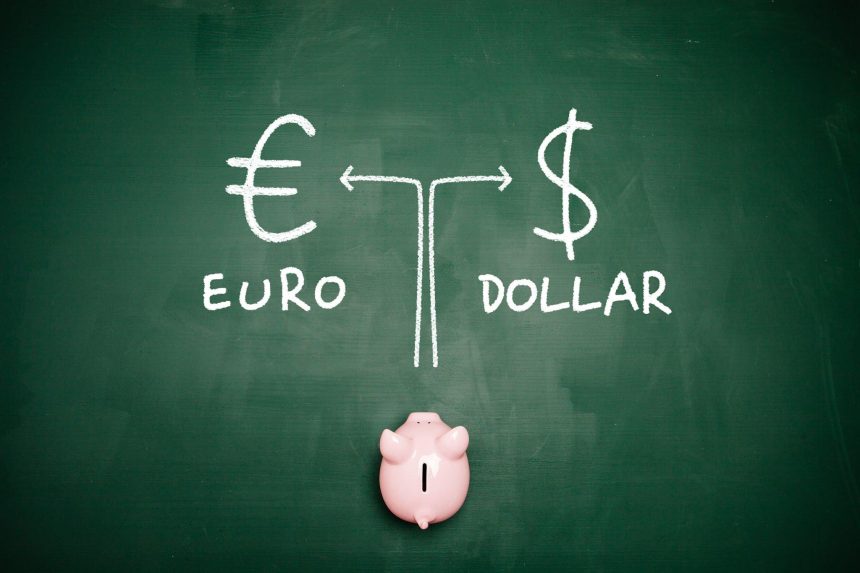EURUSD has recovered after an early Sell off Prompted by news of an Escalation in the Middle East crisis.
EURUSD is currently trading in the mid-1.0600s, having recovered from an early bout of weakness. News reports of an increase in the Middle East war spurred. A flight to the safe haven US Dollar (USD), resulting in a drop in EURUSD.
Israel allegedly deployed drones toward Iran in retaliation for the April 13 incident.
According to Reuters, reports of explosions in the Iranian city of Isfahan. Which has a military base, suggested that Israel responded against Iran for its April 13 drone attack. The escalation had a direct influence on markets, as demand for safe-haven assets such as gold, CHF, JPY, and USD increased.
EURUSD, which measures the number of US dollars that can be purchased. With one Euro, fell down to 1.0610 on the news, close to the year-to-date (YTD) low of 1.0601 set on April 16. Since then, the exchange rate has rebounded slightly and is currently trading in the 1.0630 range.
ECB comments put pressure on the EURUSD.
The EURUSD began trading higher on Thursday after the President of the European Central Bank (ECB), Christine Lagarde, remarked that “the game (of fighting inflation) is not over,” raising questions about whether it was time to begin decreasing interest rates. Given the maintenance of higher interest rates is beneficial for a currency
The Euro (EUR) strengthened as a result of her words, as it draws more foreign capital.
EURUSD reversed direction after testing technical resistance just shy of 1.0700 and resumed its short-term downtrend. As a slew of other ECB members echoed the opposite view, namely that interest rate cuts were required, if not overdue.
François Villeroy de Galhau, President of the Banque de France and ECB governing council member, for example. Remarked that a reduction in borrowing costs was necessary. And that postponing may be detrimental to economy, putting the ECB “behind the curve”.
Vice President of the ECB. Luis de Guindos was more measured, stating the central bank would lower interest rates if the data changed as expected. Joachim Nagel, an ECB governing council member, suggested a June rate Even if key inflation statistics remained higher than predicted, a decrease appeared to be more likely.
Fed members adopt an increasingly hawkish approach.
The EURUSD reversal lower on Thursday gained speed as the Philadelphia Fed Manufacturing Survey’s Index Prices Paid component – a regional inflation metric – surprisingly increased to 23.00 (formerly 3.7), indicating that price pressures are still alive and well.
Flat first jobless claims reinforced the assumption that the US labor market will continue to be a source of inflation.
Federal Reserve rate-setters’ comments suggested a trend toward a more hawkish stance (meaning higher interest rates for longer periods of time).
Atlanta Fed President Raphael Bostic stated that US inflation is returning to the Fed’s 2.0% objective at a slower rate than many had anticipated. He is willing to be patient, and interest rate reduction are anticipated – but not until the end of the year.
New York Fed President John Williams went on to declare that he did not feel compelled to decrease interest rates and that monetary policy was in good shape.









